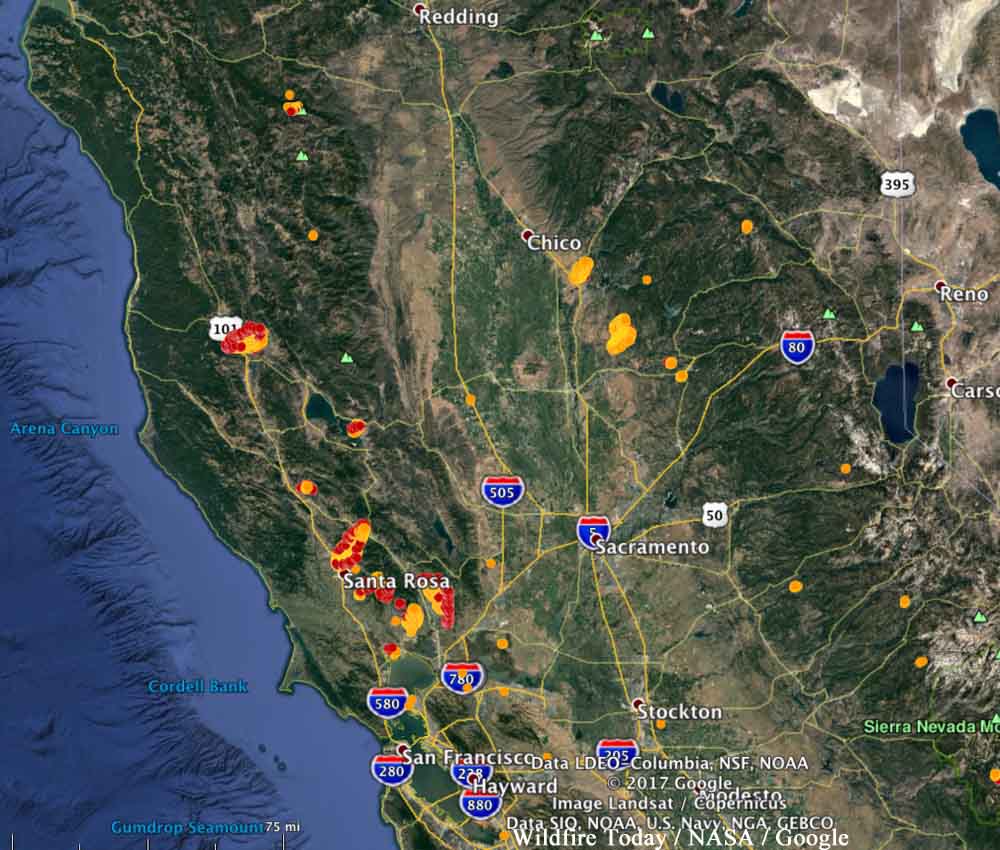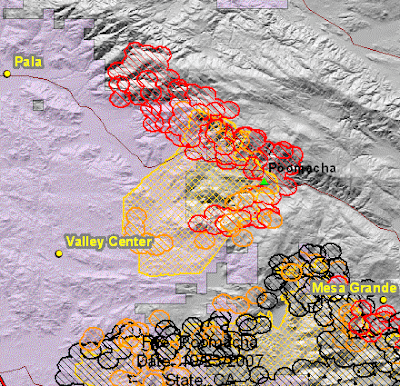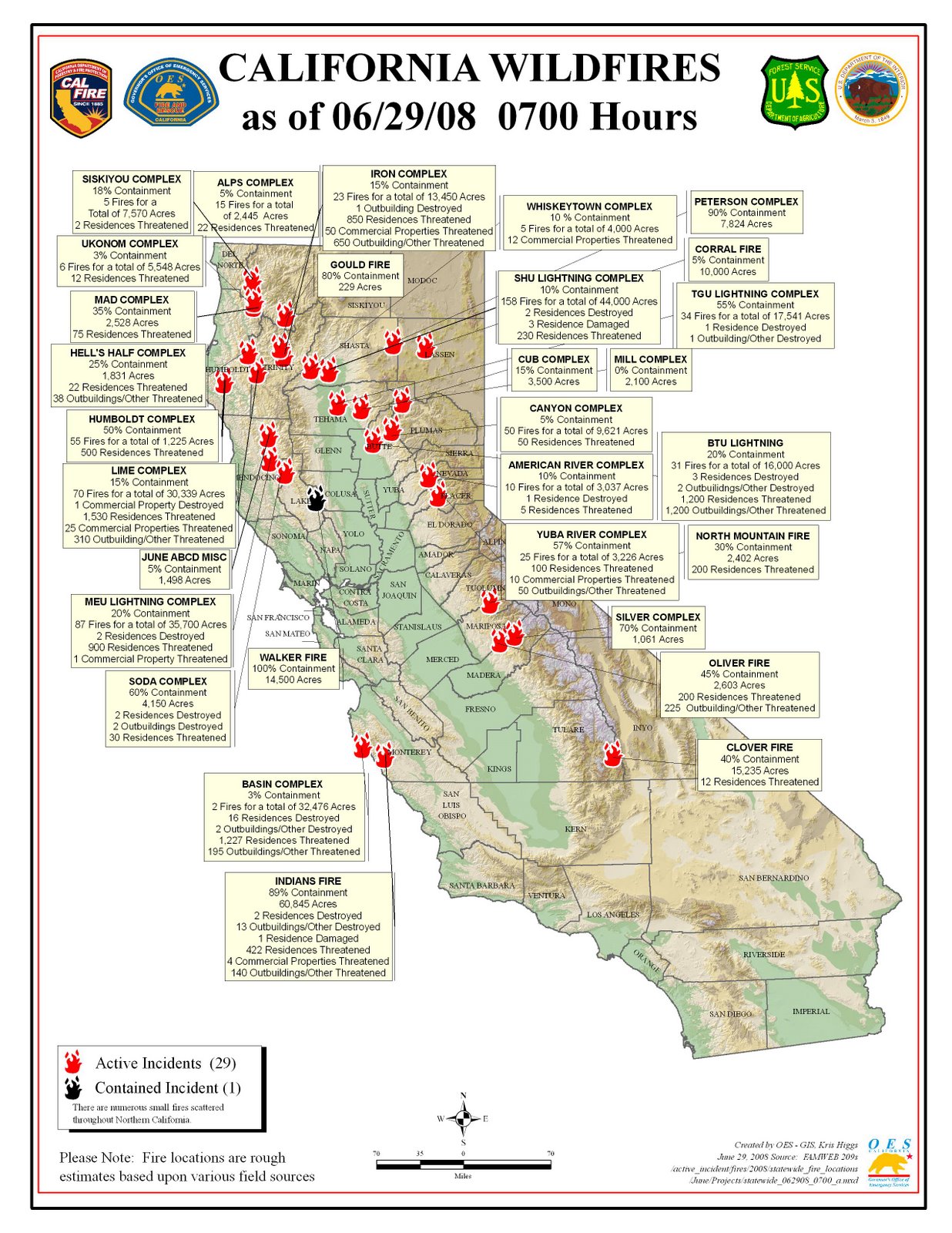
It is suitable as a general index of fire danger throughout the forested areas of Canada.Ĭrown copyright © 2021, Government of Nova Scotia. It combines the effects of wind and FFMC on rate of spread without the influence of variable quantities of fuel.Ī numerical rating of the total amount of fuel available for combustion that combines DMC and DC.Ī numerical rating of fire intensity that combines ISI and BUI. MORE KCRA 3 Fire Threat Index: Track fire conditions across Northern California regions Video.
Cal fire map active fires code#
This code is a useful indicator of seasonal drought effects on forest fuels, and amount of smouldering in deep duff layers and large logs.Ī numerical rating of the expected rate of fire spread. In the map below, see information about Cal Fires Active Fires of Interest. This code gives an indication of fuel consumption in moderate duff layers and medium-size woody material.Ī numerical rating of the average moisture content of deep, compact, organic layers.

This code is an indicator of the relative ease of ignition and flammability of fine fuel.Ī numerical rating of the average moisture content of loosely compacted organic layers of moderate depth. The six components are described below.Ī numerical rating of the moisture content of litter and other cured fine fuels. It provides a uniform method of rating fire danger across Canada. The system is dependent on weather only and does not consider differences in risk, fuel, or topography. The final three components are fire behavior indexes, representing rate of spread, amount of available fuel, and fire intensity their values increase as fire weather severity worsens. For each, there are two phases - one for wetting by rain and one for drying - arranged so that the higher values represent lower moisture contents and hence greater flammability. The first three components are fuel moisture codes that follow daily changes in the moisture contents of three classes of forest fuel with different drying rates. The six standard components of the FWI System provide numerical ratings of relative wildland fire potential. Standard Components of the Fire Weather Index (FWI): For further information contact the Fire Control Centre. This information has been prepared for your convenience and has no official sanction. Weather conditions are constantly changing. If you accept cookies, please click on the map image to enable. Google maps may use cookies to track information. (The weather foreceast maps are generated from Google.

Air pollution data is provided by AirNow.The following is a list of Fire Weather Maps and Indices that are active during the forest fire season.Mandatory evacuation zones and evacuation warning zones are provided by local government agencies.Additional data is provided by NOAA’s Hazard Mapping System Fire and Smoke Product, which is human reviewed and sourced from NASA’s Moderate Resolution Imaging Spectroradiometer and Visible Infrared Imaging Radiometer Suite satellites. Descartes Labs data is sourced from NOAA’s Geostationary Operational Environmental Satellite satellites. Alert Wildfire Cameras National Interagency Coordination Center Incident Management Situation Report National Fire Situational Awareness Interactive Map CAL. The data is provided by Descartes Labs and the National Oceanic and Atmospheric Administration. Hotspots are areas suspected to be on fire according to satellite imagery analysis.

Fire perimeters are the latest known extent of where the fire has burned.The data is provided by CalFire and the Geospatial Multi-Agency Coordination. Fire origins mark the fire fighter's best guess of where the fire started.

This map contains four different types of data:


 0 kommentar(er)
0 kommentar(er)
